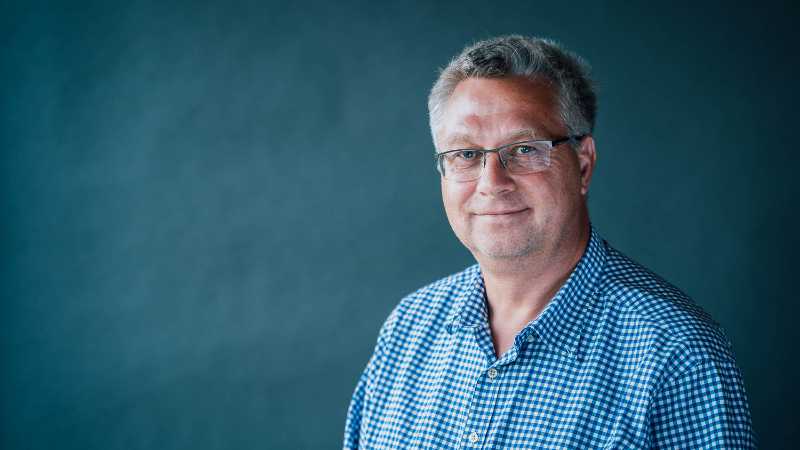Nils Kröger Group
Biomineralization, Bioadhesion, Nano-Biotechnology

© TUD CMCB, Magdalena Gonciarz
In the course of millions of years of biological evolution organisms have developed fascinating biomolecule-based capabilities that are unmatched by human technology. Remarkable examples are provided by the diatoms, a large group of eukaryotic microalgae that are responsible for ~20 % of the annual photosynthetic productivity on our planet. Diatoms produce cell walls, which are made of amorphous SiO2 (glass or silica) and exhibit species specific shapes with intricate nano- and micropatterns. The extraordinary ability of diatoms for silica morphogenesis is a paradigm for the genetically controlled "bottom-up" synthesis of functional inorganic materials with nanopatterned 3D architectures. Previously, we have identified through biochemical analyses unique proteins (silaffins, cingulins; see part A of figure ) and other unusual biomolecules (long-chain polyamines) that are involved in diatom biosilica formation. These studies are greatly aided by bioinformatics analyses of already completed and forthcoming diatom genome projects, as well as the development of genetic engineering tools for diatoms. We aim to structurally and functionally characterize the entire biomolecular machinery for silica biogenesis. Furthermore, we have already begun harnessing the emerging insight into this process to develop novel, envronmentally benign methods (see parts B and C in figure) for the synthesis of organic-inorganic hybrid materials with advanced functionalities for a wide variety of applications including bioenergy and biomedicine. Many diatoms have the amazing capabilities to reversibly adhere to vitrually any surface (hydrophilic or hydrophobic) under water. The molecules and mechanism that control this adhesion process are unknown, yet they could be highly useful glues for technology and in biomedicine. We aim to identify the chemical structure of diatom adhesives, elucidate the mechanism of diatom adhesion, and will attempt to mimic this process by synthetic analogs of diatom adhesion molecules.

Future Projects and Goals
- Molecular composition and self-assembly of silica forming organic templates in diatoms
- Intracellular targeting of proteins to the silica deposition vesicles in diatoms
- Pathway for biosynthesis of long-chain polyamines in diatoms
- Structural and functional characterization of underwater adhesives from diatoms
- Diatom Nanobiotechnology: Genetically engineered hybrid organic-inorganic materials with hierarchical 3D nano- and micropatterns and designed functonalities
- Biomimetic and bioenabled syntheses of (bio)catalytic materials for bioenergy and biomedical applications
Methodological and Technical Expertise
Cell culture and microscopy:
- Microalgae (Diatoms)
- E. coli
- Fluorescence microscopy
- Scanning electron microscopy
- Immunolocalization
- GFP-tagging
Biochemistry:
- Protein purification
- HPLC
- Peptide mapping
- Amino acid analysis
- Carbohydrate analysis
- Mass spectrometry (LC-MS/MS)
- Subcellular membrane fractionation
- Enzyme assays
- Western blot
Molecular Biology:
- Recombinant DNA
- Recombinant protein expression
- RT-PCR
- Southern blot
- Genomics
- Transcriptomics
- Transgenic microalgae
Materials synthesis and characterization:
- Peptide-induced mineral synthesis
- Layer-by-layer mineralization
- Enzyme immobilization
- Inorganic nanoparticles
- Dynamic light scattering
- Zeta potential measurements